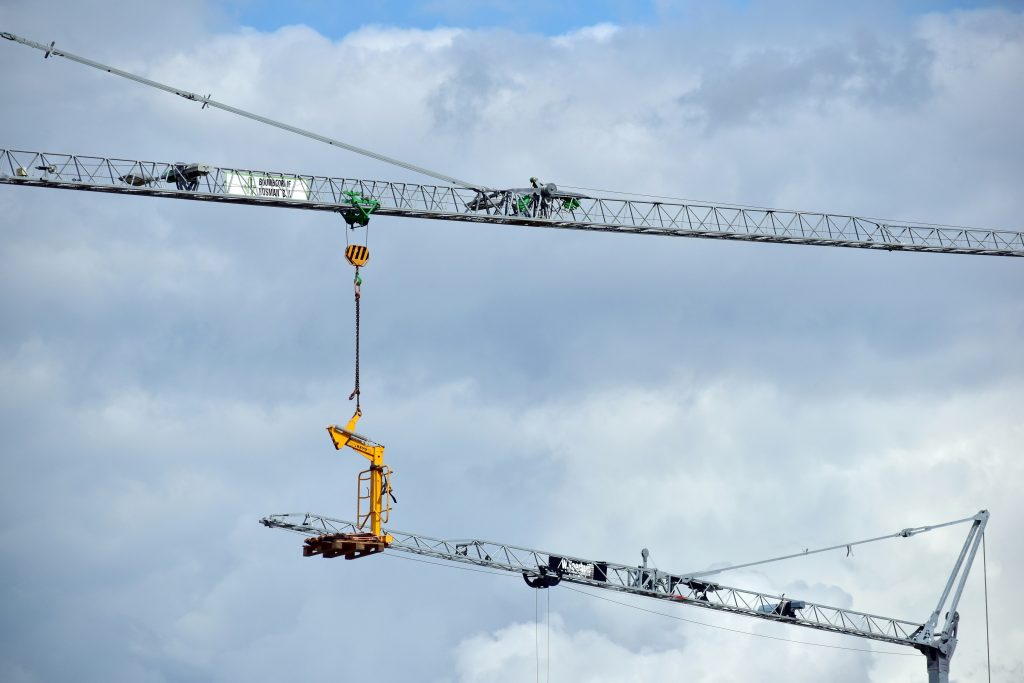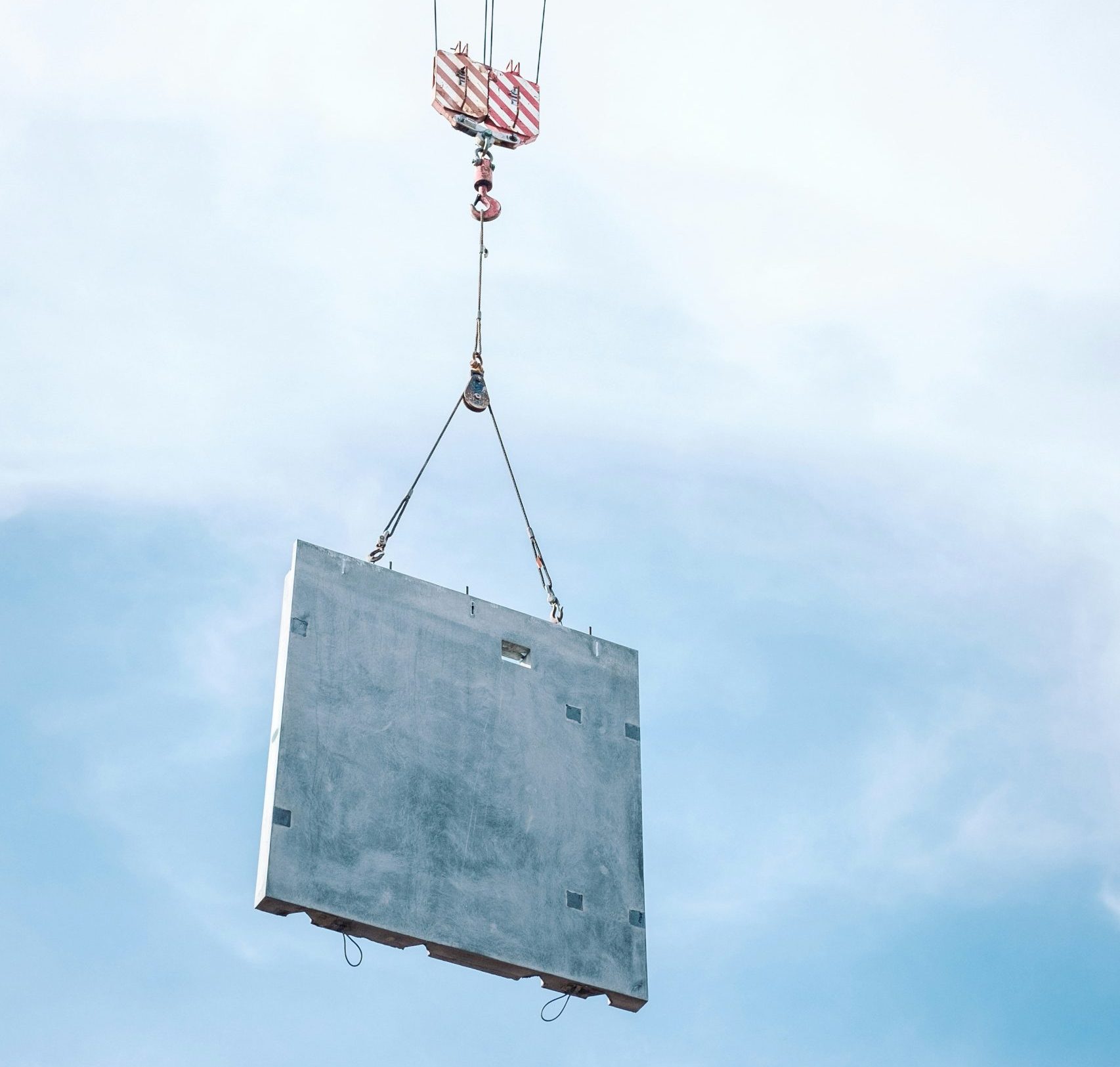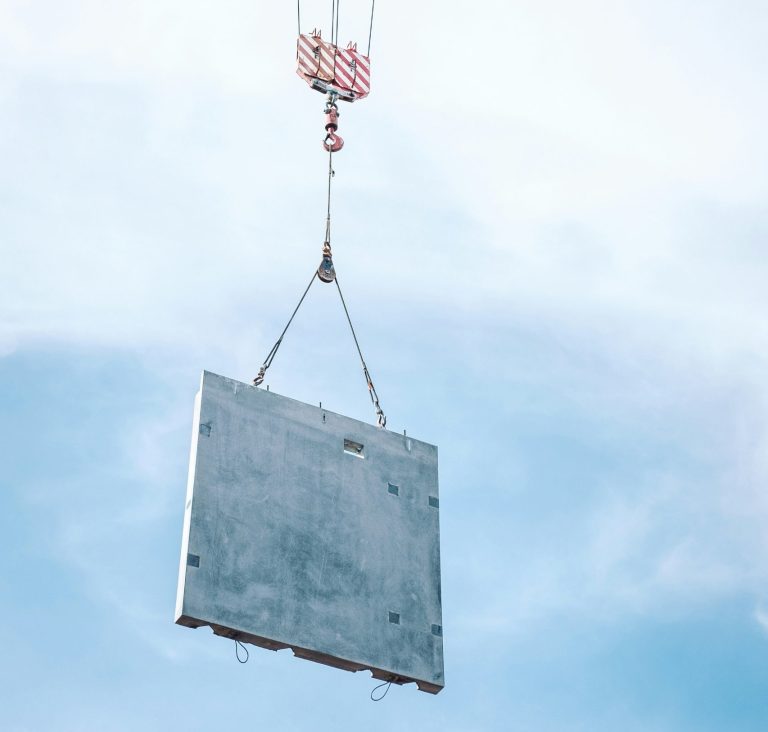Crane scales are essential tools in various industries for measuring the weight of heavy loads. They are typically used in construction, manufacturing, shipping, and other sectors where lifting and weighing large objects are common tasks. These devices ensure accuracy and safety during the lifting process. A crane scale is attached to a crane or hoist and measures the weight of the object being lifted. The scale consists of a load cell that senses the weight and converts it into an electrical signal. This signal is then processed and displayed on a digital readout, allowing operators to monitor the load’s weight in real-time. The use of crane scales provides several benefits. Firstly, they enhance safety by preventing overloading, which can lead to accidents and equipment damage. Secondly, they improve efficiency by providing accurate weight measurements, ensuring that loads are properly balanced and within the crane’s capacity.
Lastly, they help in maintaining compliance with industry regulations regarding load limits and safety standards. There are different types of crane scales available, including digital crane scales, mechanical crane scales, and wireless crane scales. Digital crane scales offer high precision and easy readability with their digital displays. Mechanical crane scales are known for their durability and reliability in harsh environments. Wireless crane scales provide the convenience of remote monitoring and data logging. When selecting a crane scale, it is important to consider factors such as capacity, accuracy, durability, and ease of use. Ensuring that the scale meets the specific needs of the application will result in better performance and longevity. In conclusion, understanding crane scales’ functionality and advantages is crucial for industries that rely on lifting heavy loads. By using these devices, businesses can enhance safety, improve efficiency, and ensure compliance with regulations.
What is a Crane Scale?
A crane scale is a robust weighing instrument specifically designed for the precise measurement of suspended loads. These devices are indispensable in industries where materials are handled, moved, or lifted using cranes or hoists. Unlike traditional scales, a crane scale is integrated into the lifting mechanism, allowing for real-time weight readings directly from the load being transported. This capability is crucial for ensuring safety, efficiency, and adherence to load-bearing limits in various industrial operations.
Key Components of a Crane Scale
The primary components of a crane scale include the load cell, display unit, and rigging hardware. The load cell is the heart of the system, responsible for measuring the weight through deformation caused by the load. This data is then transmitted to the display unit, which provides a readable output for operators. Rigging hardware, such as hooks and shackles, connects the crane scale to the load and the lifting equipment. These components must be meticulously maintained and calibrated to ensure precise and consistent weight measurements.
Importance of Accurate Crane Weighing
Accurate weighing using a crane scale is critical for several reasons. Firstly, it ensures that the loads being lifted do not exceed the capacity of the crane, preventing potential accidents and equipment failures. Secondly, precise weight measurements are essential for maintaining the integrity of logistical and inventory records, which can impact supply chain efficiency. Thirdly, accurate weighing is necessary to comply with industry regulations and standards, which protect both employees and equipment. Failure to use calibrated and accurate crane scales can lead to safety risks, financial losses, and legal liabilities.

The Calibration Process
Why Calibration is Essential
Calibration is the process of verifying and adjusting the accuracy of a crane scale. This is crucial to address any deviations or errors that may arise over time due to factors like wear and tear, environmental conditions, or heavy usage. Regular calibration guarantees that the crane scale delivers accurate measurements, which are essential for safety, compliance, and operational efficiency. Neglecting calibration can result in incorrect weight readings, potentially leading to overloading, structural damage, and compromised safety.
Steps in Calibrating a Crane Scale
Initial Inspection
The first step in the calibration process is a thorough initial inspection of the crane scale. This involves checking the physical condition of the scale, including the load cell, hooks, and display unit, for any signs of damage or wear. Inspectors also ensure that all connections and rigging hardware are secure and functioning correctly. Any issues identified during this inspection must be addressed before proceeding with the calibration.
Zero Balancing
Zero balancing is the next crucial step, where the crane scale is reset to ensure it reads zero when no load is applied. This step is critical for eliminating any residual values or offsets that may affect the accuracy of subsequent weight measurements. Proper zero balancing ensures that the starting point of the scale is correct, which is foundational for all further calibration steps.
Weight Verification
Weight verification involves using certified reference weights to test the accuracy of the crane scale. The scale is subjected to known weights, and the readings are compared against these standard values. Any discrepancies between the measured values and the reference weights are noted, and adjustments are made to the scale’s settings to correct any errors. This step may be repeated several times to ensure consistent and accurate results.
Frequency of Calibration
The calibration frequency of a crane scale is influenced by various factors such as how often it is used, the environmental conditions it operates in, and specific industry standards. It is typically advisable to calibrate these scales at regular intervals, which can be monthly, quarterly, or annually, depending on the particular use case and operational intensity. Moreover, calibration should be performed whenever there is a shift in operational conditions or following any event that might affect the scale’s accuracy, including overload incidents or physical damage.
Methods and Tools for Effective Calibration
Reference Weights
Certified reference weights are fundamental tools used in the calibration of a crane scale. These weights, which adhere to specific accuracy standards, provide a benchmark for verifying the scale’s accuracy. Using reference weights ensures that any adjustments made to the crane scale are based on precise and known values, thereby enhancing the reliability of the calibration process.
Digital vs. Analog Calibration Tools
Calibration of crane scales can be conducted using either digital or analog tools, each having its advantages. Digital tools offer higher precision and ease of use, with the ability to provide instant data logging and detailed calibration reports. Analog tools, while more traditional, are highly reliable and do not rely on electronic components, making them suitable for harsh environments. The choice between digital and analog tools depends on the specific requirements and operational conditions of the crane scale.
Advanced Calibration Software
Advanced calibration software can significantly streamline the calibration process of a crane scale. These software solutions provide automated data collection, analysis, and reporting, reducing the potential for human error. They also offer enhanced features such as real-time monitoring, historical data tracking, and predictive maintenance alerts. Implementing advanced software can improve efficiency, accuracy, and reliability in the calibration of crane scales.
APOLLO
When emphasizing the crucial significance of crane scale calibration for maintaining consistent weighing accuracy, it is essential to underscore the importance of dependable equipment suppliers. Hangzhou Apollo Lifting Equipment Co., Ltd. emerges as a leading provider in this field, delivering a wide array of packaging solutions tailored to meet diverse industrial requirements.
Hangzhou Apollo Lifting Equipment Co., Ltd. supports a variety of packaging options, including paper packaging, wooden box packaging, and barrel packaging. This flexibility ensures that their products can be tailored to meet the specific requirements of different applications, thereby enhancing the overall efficiency and reliability of the weighing process. The company’s commitment to quality and precision is evident in their meticulous approach to packaging, which plays a crucial role in maintaining the integrity and accuracy of crane scales during transportation and storage.
Moreover, Hangzhou Apollo Lifting Equipment Co., Ltd. is renowned for its innovative lifting machinery, which is designed to meet international standards. Their products are not only robust and durable but also incorporate advanced technologies that ensure optimal performance. This dedication to excellence makes them a trusted partner for industries that rely on precise and consistent weighing, such as manufacturing, logistics, and construction.

Common Challenges in Crane Scale Calibration
Environmental Factors
Calibration of a crane scale can be significantly influenced by environmental factors. Understanding and mitigating these influences is critical to maintaining the scale’s accuracy and reliability.
Temperature Variations
Variations in temperature can lead to the expansion or contraction of materials within a crane scale, resulting in inaccurate measurements. For example, extreme heat may impact the conductivity and resistance of the load cell, whereas cold temperatures can render electronic components less responsive. To mitigate these issues, regular calibration in controlled temperature environments is essential. This practice helps maintain the accuracy of the crane scale, irrespective of surrounding environmental conditions.
Humidity and Corrosive Environments
Humidity and corrosive environments can also pose substantial challenges to the accurate functioning of a crane scale. Moisture can penetrate the electronic components and mechanical parts, causing rust and corrosion that degrade the scale’s reliability. Protective coatings and enclosures can help mitigate these effects, but regular inspection and calibration are essential to detect and correct any deviations caused by such harsh environments.
Equipment Wear and Tear
Over time, wear and tear on the mechanical components of a crane scale can lead to discrepancies in weight measurements. The load cell, rigging hardware, and connectors are particularly susceptible to damage from continuous heavy lifting. Frequent calibration and maintenance of these elements are necessary to ensure sustained accuracy and prevent long-term degradation of the scale’s performance.
Human Error
Human error is an unavoidable factor in the operational and calibration processes of a crane scale. Incorrect setup, improper use of calibration weights, and incomplete documentation can all contribute to inaccurate weight readings. Comprehensive training for personnel and the implementation of standardized operating procedures can minimize the impact of human error on the calibration accuracy of a crane scale.
Best Practices for Maintaining Calibration Accuracy
Regular Maintenance Schedule
Creating a consistent maintenance schedule is essential for maintaining the accuracy of a crane scale over time. Regular inspections and servicing can identify and resolve issues early, preventing them from becoming more serious problems. This proactive maintenance might involve examining for signs of wear and tear, inspecting rigging components, cleaning electronic parts, and conducting periodic calibrations. Sticking to a detailed maintenance plan helps ensure the scale remains precise and extends its useful life.
Professional Calibration Services
Utilizing professional calibration services provides an added layer of assurance that a crane scale is correctly calibrated. Calibration services are typically offered by accredited organizations with the expertise and equipment to perform thorough and accurate calibrations. These professionals follow stringent procedures and utilize certified reference weights, ensuring that the crane scale meets industry standards and regulations for accuracy.
Record Keeping and Documentation
Maintaining detailed records and documentation of all calibration activities is essential for tracking the performance and reliability of a crane scale. Documentation should include calibration dates, the results of each calibration, any adjustments made, and the identification of the personnel conducting the calibration. This record-keeping facilitates audits, supports compliance with industry standards, and aids in diagnosing recurring issues that may need addressing.
Industry Standards and Guidelines
Compliance with Weight and Measurement Regulations
Adhering to weight and measurement regulations is crucial for the accurate use of a crane scale. Different industries have specific regulations that mandate the precision and reliability of weighing equipment. Compliance with these standards ensures that operations are safe, legal, and efficient. Regular calibration and certification of the crane scale according to regulatory requirements can help businesses avoid penalties and maintain operational trustworthiness.
International Standards for Crane Scale Calibration
Global standards, including those established by the International Organization for Standardization (ISO) and other regulatory authorities, define the criteria for calibrating crane scales. Following these standards guarantees that the crane scale functions precisely in diverse international settings. These regulations address elements such as load cell performance, environmental impacts, and calibration methods. Complying with global standards enables businesses to maintain consistency, dependability, and acknowledgment in the worldwide market.


